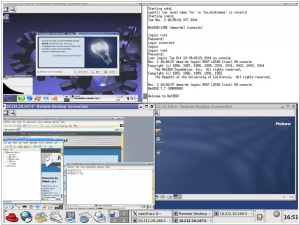Microsoft Hyper-V vs Xen
June 12, 2023 | Author: Michael Stromann
10
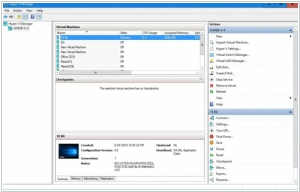
Microsoft Hyper-V provides enterprise-class virtualization for your datacenter and hybrid cloud. Bolster IT efficiency and flexibility with the faster application deployment and maintenance that Microsoft virtualization solutions deliver. Reduce costs by consolidating more workloads on fewer servers and increase agility using the same virtualization platform on-premises and in the cloud.
Microsoft Hyper-V and Xen are both popular virtualization platforms, but they differ in several aspects. Hyper-V is a hypervisor developed by Microsoft that is integrated into the Windows Server operating system. It offers a range of virtualization features and management tools, allowing users to create and manage virtual machines efficiently. Hyper-V is known for its seamless integration with the Windows ecosystem, robust performance, and strong support for Windows-based workloads. On the other hand, Xen is an open-source hypervisor developed by the Xen Project community. It provides a powerful and flexible virtualization platform that supports multiple operating systems, including Linux and Windows. Xen is recognized for its strong security, performance optimization, and live migration capabilities. The key differences between Hyper-V and Xen lie in their licensing models, integration with operating systems, and target markets. Hyper-V is commonly used in Windows-based environments and is well-suited for organizations heavily invested in the Microsoft ecosystem. Xen, being an open-source solution, is favored by Linux users and enthusiasts who prioritize flexibility and community-driven development.
See also: Top 10 Virtualization platforms
See also: Top 10 Virtualization platforms
Microsoft Hyper-V vs Xen in our news:
2020. Microsoft makes it easier to get started with Windows Virtual Desktops
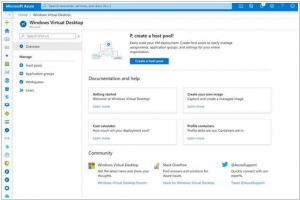
Windows Virtual Desktop, Microsoft's service designed to provide employees with access to a virtualized desktop environment on Azure, has introduced a new and improved management experience to simplify administrative tasks. This update aims to streamline the initial setup process for administrators, making it more convenient to get started with the service. Alongside enhancing the management experience, Microsoft is introducing a new capability that enables the use of Microsoft Teams for video meetings within these virtual desktop environments. This functionality, known as 'A/V redirection,' allows users to seamlessly connect their local audio and video hardware to virtual machines with minimal latency. It is important to note that this feature will be gradually rolled out over the next month or so.
2011. Microsoft Hyper-V vs VMware: video
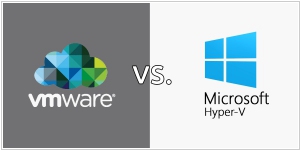
In recent times, Microsoft's marketing team has been known for creating humorous videos targeting their competitors. One such video has emerged, focusing on GMail, and now they have released another video targeting VMWare, their main competitor in the virtualization market. The video showcases Tad, a salesman at VMLimited, a company seemingly stuck in the IT past. Tad attends business meetings with clients in his cool minivan, attempting to sell them his "limited" virtualization system while other companies are already offering private clouds. This represents modern IT humor, where Tad claims to be selling a cloud, but in reality, he is offering nothing more than virtualization. One can only imagine the reaction of Larry Ellison if he were to hear this, as it might make his hair stand on end.
2007. Citrix to buy virtualization company XenSource
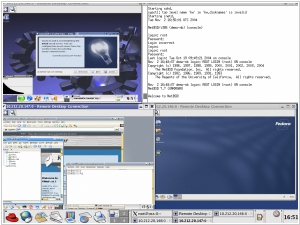
Citrix, a leading provider of thin client software for delivering business applications from servers to desktop computers, has recently completed the acquisition of XenSource, an open-source virtualization company, for approximately $500 million. This strategic move enables Citrix to expand its presence into the server and desktop virtualization market. XenSource offers a powerful open-source "hypervisor" software called Xen, which enables a single computer to simultaneously run multiple operating systems. This technology is particularly beneficial for replacing traditional servers with a more efficient, consolidated computing solution. XenSource's commercial offering, XenEnterprise, is built upon the Xen software platform. Virtualization has emerged as a highly sought-after technology in the IT industry as it empowers corporate customers to optimize their computing resources by consolidating numerous computing tasks onto fewer physical machines. Notably, VMware, the current market leader in virtualization, recently went public, experiencing a significant surge in its stock price, rising from $29 (its offering price) to $51.

